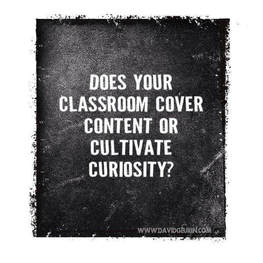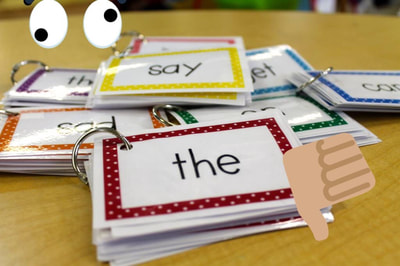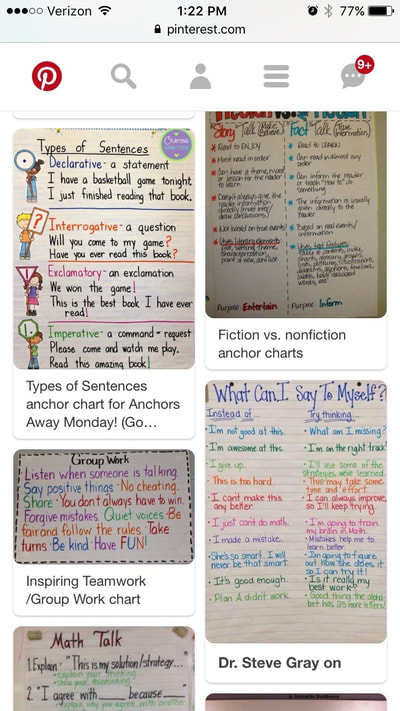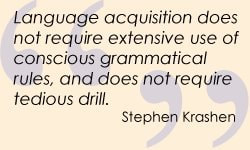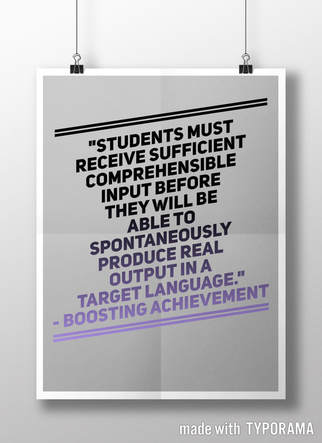Part III - Accelerating Language Development
Ever since I began taking TESOL courses I have been intrigued with the concept of Second Language Acquisition (SLA). Promoting Academic Success for ESL Students: Understanding Second Language Acquisition for School was the first book, I read (and still own) about this topic. In this book I learned that "SLA is best developed through contextual, meaningful activities that focus on language use combined with guidance along the way from teachers." Even though linguistic experts have been sharing this theory for several years, I am shocked at the misunderstanding and misconceptions among educators regarding SLA. As educators, we must have a clear understanding of how our language learners acquire language. Boosting Achievement calls this understanding, "Best practices" - Foundation of lessons we plan to provide effective opportunities for language development. Read more about this topic and learn about using the Prism Model.
Factors in Second Language Acquisition
Boosting Achievement targets two very important factors I see needing improvement in our schools. In my opinion, if we improve in these two areas, we could see achievement gaps closing among our language learners.
The reason these two factors are important is that they can make a good teacher into a GREAT teacher. This goes back to the questions in the image above; "Does your classroom cover content or cultivate curiosity?"
A Good Teacher: The Washington Post shared an article providing a pretty accurate list of qualities great teachers share. However, it doesn't highlight some of the teaching strategies and methods good teachers use. For example sight word list drills, amazing anchor charts, and content.
I do believe sight words are important; “sight words account for up to 75% of the words used in beginning children’s printed material”, read this post on Why are Sight Words Important.
I also believe how imperative anchor charts are in the classroom! Read more about why in this article: Anchor Charts: Making Thinking Visible. I also understand that as an educator, you are responsible for teaching "CONTENT". Believe me, I get it. I even use the High Noon Intervention program that provides word lists and word patterns for students to learn in my class. However, what I don't get is the need to kill students with word drills and memorizing a ton of words in isolation. What I don't get is the need to post gorgeous anchor charts already pre-made when students can't even read them. What I don't get is how we can just be happy sharing the content we are excited and knowledgeable about without engaging students' curiosity. If you do all this...GOOD! You are a GOOD teacher. You are doing your job. You are helping students "learn". However, when it comes to supporting English language learners, students need more than just "learn". Students need to acquire language. Students need YOU to be GREAT!
A Great Teacher:
A great teacher gains understanding regarding the concepts mentioned above, AND will also apply them as a foundation for lesson planning to provide language learners with the opportunities they need to acquire the targeted language. A great teacher will have all the qualities mentioned above and will also do the strategies mention above; however, "Comprehensible Input" and "Affective Filter" are visible. A great teacher understands that in order for students to acquire the language there needs to have "a focus on providing many opportunities for oral and written interaction rather than intensely focusing on vocabulary lists and finer points of grammar." (pg. 50) Great teachers also make it possible to provide a safe and comfortable environment where students feel free to make mistakes while learning the language. A great teacher also allows students to engage in creating anchor charts to they CAN read it when they need to refer to it. Remember, anchor charts are resources for students, not pretty wall paper for your classrooms. Here is a great post by Valentina Gonzalez about strategies to support ELs. One of her strategies is the proper use of anchor charts with our language learners.
Here are some examples of my students engaging in text and word-work and you be the judge; Am I a good teacher or a great teacher?!? Then, reflect on your profession. Are you a good or a GREAT teacher?!?
I am so grateful to see Boosting Achievement setting the expectation needed of all language and content teachers. Just like we have high expectations for our students, we need to have high expectations of ourselves. Let's continue learning and improving our pedagogy to better serve our language learners.
Thank you for reading!
2 Comments
8/6/2017 06:11:21 am
I learned so much from reading your notes on Boosting Achievement. This is such a pleasure because I coauthored the book. As a life long learner, I find it so helpful to reflect through blogging. And now Im finding even more growth when I reflect on the blogging of peers. We are no different than the students.
Reply
Emily Francis
8/7/2017 09:34:01 pm
I am loving sharing my thoughts!
Reply
Your comment will be posted after it is approved.
Leave a Reply. |
Categories
All
Archives
May 2024
|
